Home>Articles>How Much Water To Put In Electric Pressure Cooker
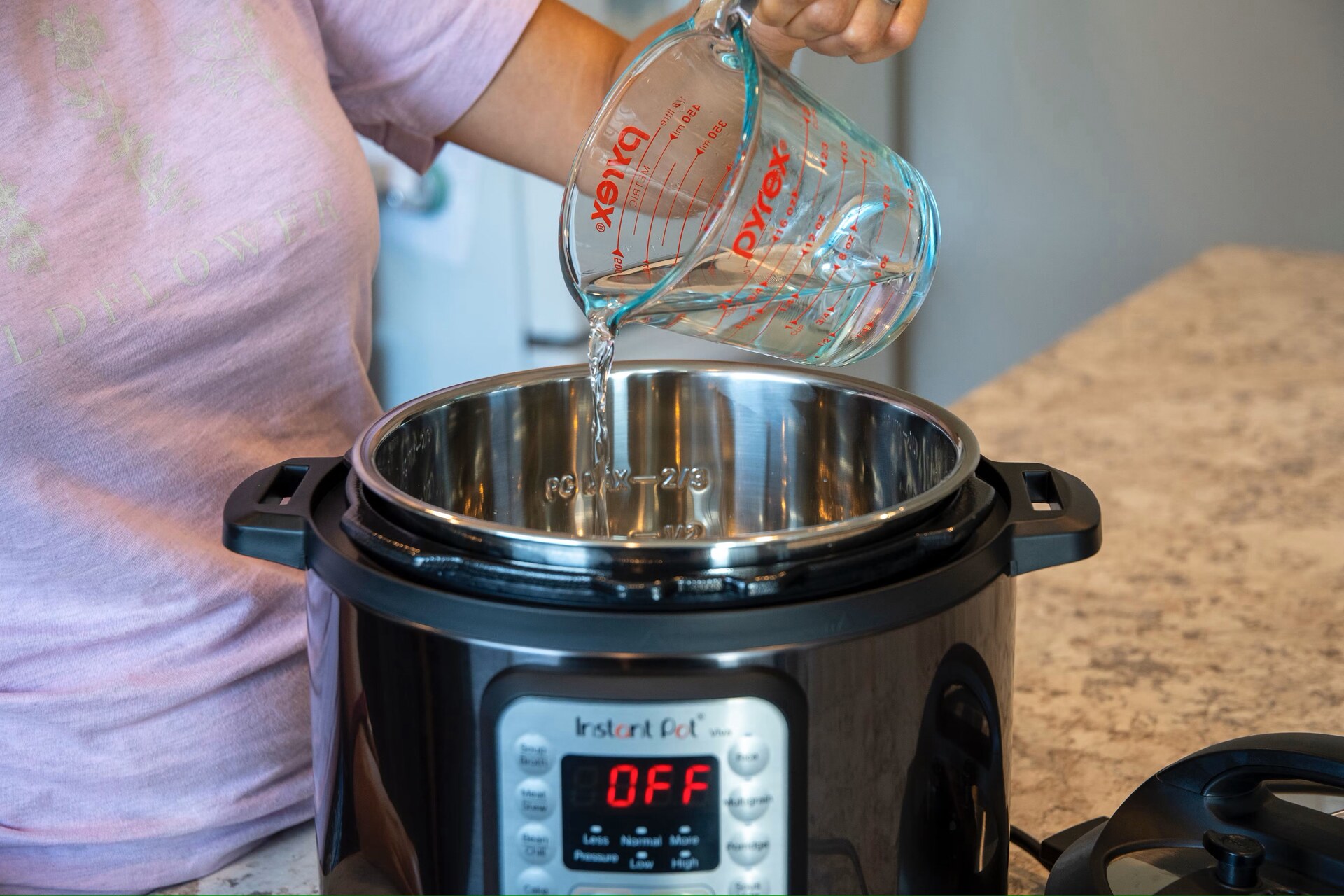

Articles
How Much Water To Put In Electric Pressure Cooker
Modified: October 30, 2024
Discover the perfect water ratio for your electric pressure cooker in this informative article. Maximize the efficiency of your cooking with our step-by-step guide.
(Many of the links in this article redirect to a specific reviewed product. Your purchase of these products through affiliate links helps to generate commission for Storables.com, at no extra cost. Learn more)
Introduction
Electric pressure cookers have become increasingly popular in modern kitchens due to their ability to cook meals quickly and conveniently. These versatile appliances utilize the power of pressure and heat to prepare delicious dishes in a fraction of the time it takes with traditional cooking methods. However, to ensure optimal results and avoid potential issues, it is essential to understand the role of water in an electric pressure cooker and know how much to use for different recipes.
Water is a crucial component in the cooking process of an electric pressure cooker. It not only helps in generating the necessary steam and pressure but also aids in transferring heat and infusing flavors into the food. The right amount of water in the cooker is essential to achieve desired cooking outcomes, such as tenderizing meats, cooking grains, and vegetables, and creating flavorful soups and stews.
Determining the correct amount of water to use in an electric pressure cooker depends on various factors, including the recipe being prepared, the ingredients used, and the cooker’s capacity. Incorrect water measurements can lead to overcooked or undercooked food, and in some cases, even damage the cooker. Therefore, it is crucial to have a clear understanding of the guidelines for measuring water before using an electric pressure cooker.
In this article, we will explore the basics of using an electric pressure cooker, the importance of water in the cooking process, factors to consider when determining the amount of water needed, general guidelines for water measurement, adjusting water levels for different types of food, and tips for successful cooking with the right amount of water. By the end, you will have a comprehensive understanding of how much water to put in an electric pressure cooker to achieve optimal cooking results.
Key Takeaways:
- Embrace the power of water in your electric pressure cooker to achieve flavorful, tender, and satisfying dishes. Follow recipe instructions, adjust for personal preferences, and experiment with different water levels to unlock the full potential of your cooker.
- Understanding the importance of water and measuring it correctly is fundamental for successful cooking in an electric pressure cooker. Consider factors such as recipe requirements, ingredient types, and cooker capacity to achieve optimal cooking outcomes.
Basics of Using an Electric Pressure Cooker
Before diving into the details of water measurement, it’s important to familiarize yourself with the basics of using an electric pressure cooker. These appliances are designed to simplify cooking processes and reduce cooking times by utilizing high pressure and steam.
Electric pressure cookers typically consist of a sturdy inner pot, a lid with a sealing gasket, a pressure release valve, and various cooking settings and controls. To cook with an electric pressure cooker, you first need to add the desired ingredients to the inner pot, making sure not to exceed the recommended maximum fill line. The next step is to add the required amount of water to the pot, which will provide the necessary liquid for steam generation and pressure.
Once the ingredients and water are added, the lid is securely locked in place. The pressure release valve is then set to the appropriate option, either sealing or venting, depending on the recipe requirements. When the cooker is turned on and the desired cooking mode is selected, such as “Pressure Cook” or “Rice,” the pot heats up, and the water inside begins to boil and generate steam.
As the steam builds up, pressure increases inside the cooker. This high-pressure environment allows for faster cooking times and helps to tenderize tough cuts of meat and vegetables. The sealed environment also retains more flavors and nutrients compared to traditional cooking methods. Once the cooking time is complete, the pressure needs to be released through the pressure release valve before opening the lid.
Electric pressure cookers come with various safety features, such as automatic pressure regulation and locking mechanisms, which ensure safe and efficient cooking. It’s important to read the user manual and follow the manufacturer’s instructions for your specific model to ensure proper usage and avoid any accidents or malfunctions.
Now that you have a basic understanding of how an electric pressure cooker works, let’s explore the importance of water in the cooking process and why it plays a crucial role in achieving successful and delicious meals.
Importance of Water in an Electric Pressure Cooker
Water is an essential component in the cooking process of an electric pressure cooker. It serves multiple purposes and plays a crucial role in achieving optimal cooking results. Understanding the importance of water and its functions in the cooker will help you determine the right amount to use for different recipes.
1. Steam Generation: Water in an electric pressure cooker is converted into steam when the pot is sealed and heated. This steam creates the high pressure inside the cooker, which significantly reduces cooking times. The pressure allows for faster and more efficient heat transfer, resulting in tender meats, perfectly cooked grains, and well-cooked vegetables.
2. Heat Transfer: Water helps distribute heat evenly throughout the cooker. When heated, water absorbs and transfers heat to the food, ensuring that it cooks thoroughly and evenly. This helps prevent hot spots and ensures consistent cooking results.
3. Flavor Infusion: Water acts as a medium for infusing flavors into the ingredients. As the water is converted to steam, it carries the flavors of herbs, spices, and other seasonings, enhancing the taste of the food. This is especially beneficial when making soups, stews, and broths, where the liquid plays a crucial role in developing rich and flavorful bases.
4. Moisture Retention: Water helps retain moisture in the food during the cooking process. The sealed environment of the pressure cooker prevents the escape of steam and moisture, ensuring that the food remains moist and tender. This is particularly important when cooking tougher cuts of meat, which can become tender and succulent with the help of steam and moisture.
5. Food Safety: Water is essential for cooking food safely in an electric pressure cooker. The high pressure and temperature reached during cooking help kill bacteria, ensuring that the food is safe to consume. Proper water measurement and following recommended cooking times are crucial for maintaining food safety standards.
It is important to note that water is not the only liquid that can be used in an electric pressure cooker. Other liquids such as broth, stock, wine, or even fruit juice can also be used to add flavor and enhance the taste of the dish. Regardless of the liquid used, it is essential to maintain the correct liquid-to-food ratio to achieve desired cooking outcomes.
Now that you understand the importance of water in an electric pressure cooker, let’s explore the factors to consider when determining the amount of water needed for your recipes.
Factors to Consider When Determining the Amount of Water Needed
When it comes to measuring water for an electric pressure cooker, there are several factors to consider to ensure the right amount is used for each recipe. These factors can vary depending on the specific dish being cooked, the ingredients involved, and the capacity of the cooker. Let’s explore the key factors to consider:
1. Recipe Requirements: Different recipes have different water requirements. Some recipes may call for a specific amount of water, while others may require a certain ratio of water to other ingredients. It’s important to carefully read and follow the recipe instructions to determine the recommended amount of water needed for your dish.
2. Type of Ingredient: The type and nature of the ingredients being cooked can impact the amount of water needed. For example, dry ingredients like rice or beans typically require a specific amount of water for proper cooking and absorption. On the other hand, ingredients with high water content, such as vegetables or fruits, may release moisture during the cooking process, which can affect the overall water content in the dish.
3. Cooker Capacity: The capacity of your electric pressure cooker is another important factor to consider. Different cookers come in various sizes, such as 6-quart, 8-quart, or larger. It is essential to know the maximum fill line or capacity of your specific cooker to avoid overfilling, which can lead to clogged valves, excessive foam, or leakage. Ensure you stay within the recommended capacity guidelines provided by the manufacturer.
4. Desired Texture: The desired texture of the final dish also influences the amount of water required. For example, if you prefer a slightly thicker consistency, you may need to use less water. Conversely, if you want a more soupy or broth-like texture, you may need to add more water or other liquids such as broth or stock.
5. Altitude: Altitude can impact cooking times and water requirements in an electric pressure cooker. Higher altitudes may require adjustments in cooking times and water levels due to the differences in atmospheric pressure. It is advisable to consult altitude adjustment tables or guidelines provided with your electric pressure cooker to ensure accurate water measurement.
By considering these factors, you can determine the right amount of water needed for your specific recipe. However, if you need some general guidelines for water measurement, we will cover that in the next section.
Next, we will explore some general guidelines for water measurement in electric pressure cookers to help you achieve delicious and successful results in your cooking endeavors.
Add at least 1 cup of water to the electric pressure cooker to create enough steam for cooking. Check the manufacturer’s instructions for specific water requirements for different foods.
General Guidelines for Water Measurement in Electric Pressure Cookers
While the specific water measurement for each recipe may vary, there are some general guidelines you can follow when measuring water in an electric pressure cooker. These guidelines will help you achieve the right balance of water to ensure successful and flavorful cooking:
1. Minimum Liquid Requirement: Most electric pressure cookers have a minimum liquid requirement to function properly. This requirement is usually around 1 to 1.5 cups of liquid. It is important to check the user manual or guidelines provided by the manufacturer to determine the minimum amount of liquid needed. Failing to meet this requirement may result in the cooker not reaching sufficient pressure or overheating.
2. Liquid-to-Food Ratio: As a rule of thumb, it is recommended to use at least 1 cup of liquid for every cup of dry grains, such as rice or quinoa. This ratio ensures proper hydration and cooking of the grains. For dishes that involve meat or vegetables, using 1/2 to 1 cup of liquid per pound of ingredients is a good starting point. Adjust the amount based on the desired texture and consistency.
3. Consider Evaporation: Remember that some amount of liquid will evaporate during the cooking process. If you’re cooking for a longer duration or at high pressure, you may need to compensate for the evaporation by adding a bit more liquid than the recipe suggests. Keep in mind that too much liquid can dilute the flavors, so it’s important to find the right balance.
4. Account for Ingredients: Certain ingredients, such as grains, beans, and pasta, absorb water during the cooking process. If you’re using these ingredients, it’s essential to consider their absorption rate and adjust the water measurement accordingly. The packaging or recipe instructions for these ingredients usually provide guidance on the appropriate amount of water needed.
5. Adjust for Personal Preference: Everyone has different preferences when it comes to the texture and consistency of their dishes. If you prefer a thicker or drier dish, you can use slightly less water. Conversely, if you like more of a soupy or saucy consistency, you can add a bit more water to achieve the desired result.
Remember that these are general guidelines, and it’s important to refer to the specific recipe instructions for water measurement. By following these guidelines, you will have a good starting point for determining the right amount of water to use in your electric pressure cooker.
Next, we will discuss how to adjust water levels for different types of food to ensure optimal cooking outcomes.
Adjusting Water Levels for Different Types of Food
When cooking with an electric pressure cooker, it’s important to adjust the water levels based on the type of food you’re preparing. Different ingredients have varying water requirements to achieve the desired texture, consistency, and cooking outcome. Here’s a guide on how to adjust water levels for different types of food:
1. Grains and Rice: Most grains, such as rice, quinoa, and barley, require a specific ratio of water to properly cook and absorb. As a general rule, use 1 1/2 cups of liquid for every cup of grain. This ensures that the grains are fully cooked and have the right texture. It’s important to follow the instructions on the packaging or the specific recipe to determine the ideal water-to-grain ratio for the specific type of grain you’re using.
2. Meat and Poultry: When cooking meat or poultry in an electric pressure cooker, it’s essential to ensure there’s enough liquid to keep the meat moist and tender. A good starting point is to use 1/2 to 1 cup of liquid per pound of meat. This liquid can be water, broth, stock, or a combination of flavors that complement the meat. Adjust the amount based on the desired tenderness and the specific recipe you’re following.
3. Vegetables: Vegetables generally require less water compared to grains or meat. The natural moisture content in vegetables will release during cooking, adding to the liquid in the cooker. Start by adding 1/4 to 1/2 cup of water for vegetables. If you prefer them to be softer or more cooked, you can add a bit more water. However, be cautious not to use too much water to avoid overcooking and losing the nutritional value of the vegetables.
4. Soups and Stews: Soups and stews often require more liquid as they are meant to have a broth-like consistency. When preparing soups or stews, start with 3 to 4 cups of liquid as a base. This includes water, broth, stock, or a combination of liquids. As the ingredients cook, they will release additional moisture, so you may not need to add more liquid. However, if the soup or stew becomes too thick during cooking, you can always add a little more liquid to achieve the desired consistency.
5. Sauces and Dishes with Thickening Agents: Some recipes may call for the addition of thickening agents like flour or cornstarch to create a sauce or gravy-like consistency. These agents absorb liquid, so it’s important to adjust the water levels accordingly. If you’re adding a thickening agent, consider using slightly more liquid than usual to compensate for the absorption. However, follow the specific recipe instructions for the correct amount of liquid needed.
Always refer to the recipe instructions for specific water measurements as they may differ based on the ingredients and desired outcome. Adjusting the water levels for different types of food will help you achieve perfectly cooked and flavorful dishes in your electric pressure cooker.
Next, we’ll share useful tips for successfully cooking with the right amount of water in an electric pressure cooker.
Tips for Successful Cooking with the Right Amount of Water
Cooking with the right amount of water in an electric pressure cooker is crucial for achieving delicious and successful outcomes. Here are some tips to help you cook with the right amount of water:
1. Follow Recipe Instructions: Always read and follow the recipe instructions carefully. Recipes are designed with specific water measurements to ensure optimal results. Pay attention to any notes or guidelines regarding water levels mentioned in the recipe.
2. Use Measuring Tools: Utilize measuring cups or a kitchen scale to accurately measure the water. Eyeballing the amount can lead to inconsistencies and potentially affect the final outcome of the dish.
3. Adjust for Personal Preferences: If you prefer your dishes to have a certain consistency, such as thicker or thinner, you can adjust the water levels accordingly. Keep in mind that too much water may dilute flavors, while too little water may result in dry or undercooked food.
4. Account for Ingredients: Consider the moisture content of the ingredients you’re cooking. Ingredients with higher water content, such as tomatoes or mushrooms, will release liquid during cooking. Adjust the water levels accordingly to avoid overly watery dishes.
5. Reduce Water for Sauteing: When using the saute function on your electric pressure cooker, less water is typically needed as the ingredients release their natural moisture. Start with a small amount of water, then add more if necessary.
6. Factor in Altitude: If you live at a high altitude, you may need to adjust the cooking time and water levels. Higher altitudes require longer cooking times and slightly more water due to the lower boiling point. Consult altitude adjustment tables or guidelines for accurate measurements.
7. Avoid Overfilling: Do not exceed the maximum fill line or capacity of your electric pressure cooker. Overfilling can lead to clogged valves, leakage, or uneven cooking. It’s important to leave enough space for the ingredients to expand during cooking and for the pressure to build up.
8. Add Liquid in Layers: When using a trivet or steamer basket, it’s important to add liquid in the bottom of the pot first before placing the ingredients on top. This ensures that there is enough liquid for steam generation and proper cooking.
9. Experiment and Adjust: Cooking with an electric pressure cooker may require some experimentation and adjustments to find the perfect water-to-ingredient ratio for your taste preferences. Take note of the amounts used and the results achieved to fine-tune your cooking techniques.
By following these tips, you can ensure a successful cooking experience with the right amount of water in your electric pressure cooker. The key is to find the balance that creates the desired texture, tenderness, and flavor in your dishes.
Next, we’ll conclude with a summary of the importance of water in an electric pressure cooker and the key takeaways from this article.
Conclusion
Water is a vital component in the cooking process of an electric pressure cooker. It plays a critical role in generating steam, transferring heat, infusing flavors, and achieving moist and tender results. Understanding how much water to use in an electric pressure cooker is essential for achieving optimal cooking outcomes.
When determining the amount of water needed, consider factors such as the recipe requirements, the type of ingredient, the cooker’s capacity, desired texture, and even altitude. Following general guidelines, such as maintaining a minimum liquid requirement, adjusting the liquid-to-food ratio, considering evaporation, and accounting for personal preferences, will help you measure water accurately.
Remember to adjust water levels for different types of food, such as grains, meats, vegetables, and sauces, to ensure proper cooking and desired textures. Following recipe instructions, using measuring tools, and making adjustments based on ingredient moisture content are important steps in achieving successful cooking outcomes.
Additionally, practicing tips like reducing water for sauteing, avoiding overfilling the cooker, adding liquid in layers, and experimenting with adjustments will facilitate your journey towards creating delicious meals in your electric pressure cooker.
In conclusion, understanding the importance of water and measuring it correctly is fundamental for successful cooking in an electric pressure cooker. With the right amount of water, you can unlock the full potential of your cooker and create flavorful, tender, and satisfying dishes for yourself and your loved ones.
So, embrace the power of water, follow the guidelines, and confidently explore the wonderful world of cooking with your electric pressure cooker!
Frequently Asked Questions about How Much Water To Put In Electric Pressure Cooker
Was this page helpful?
At Storables.com, we guarantee accurate and reliable information. Our content, validated by Expert Board Contributors, is crafted following stringent Editorial Policies. We're committed to providing you with well-researched, expert-backed insights for all your informational needs.
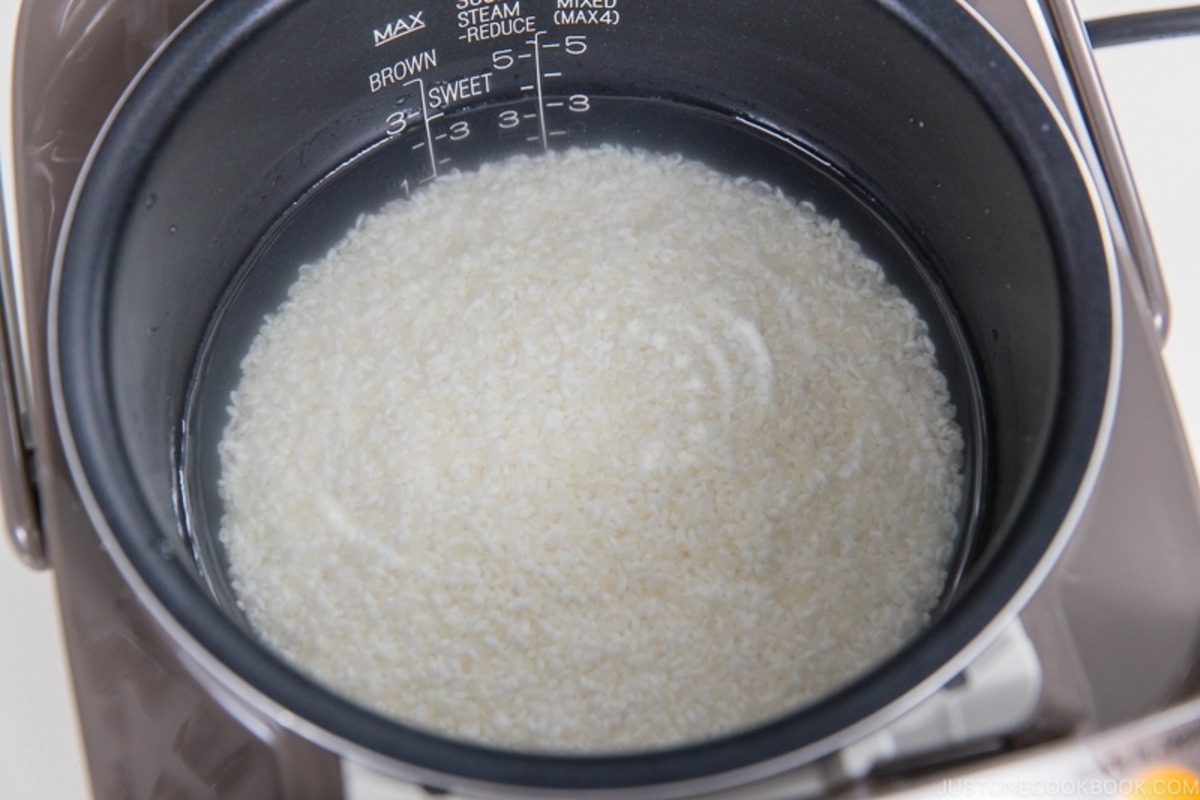
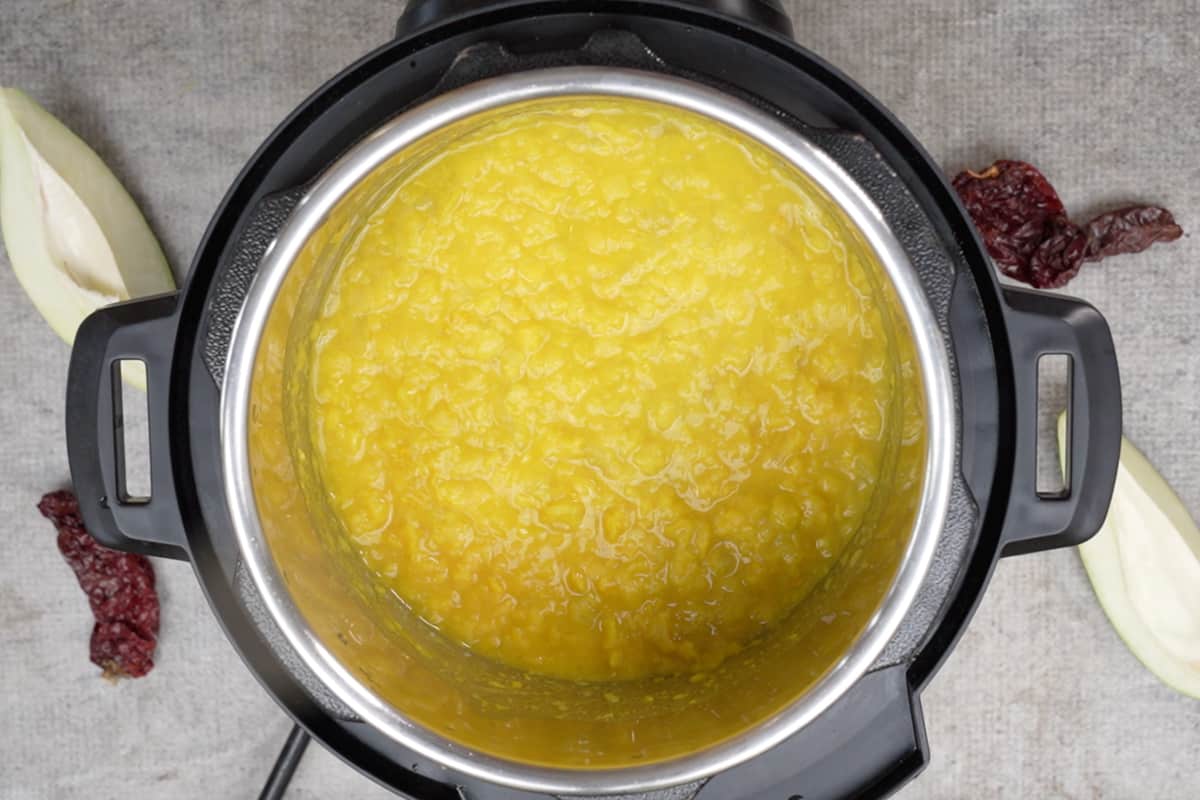

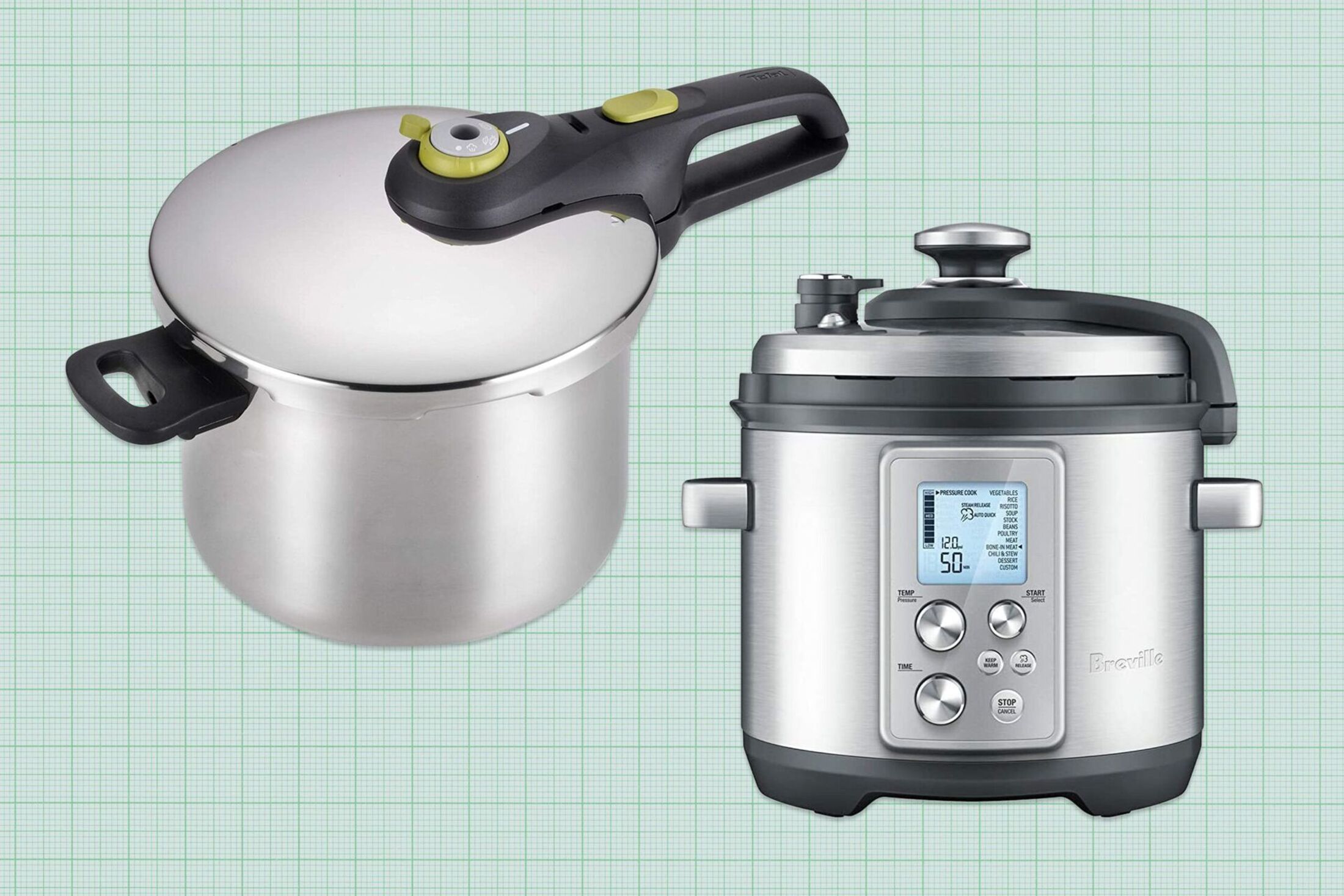
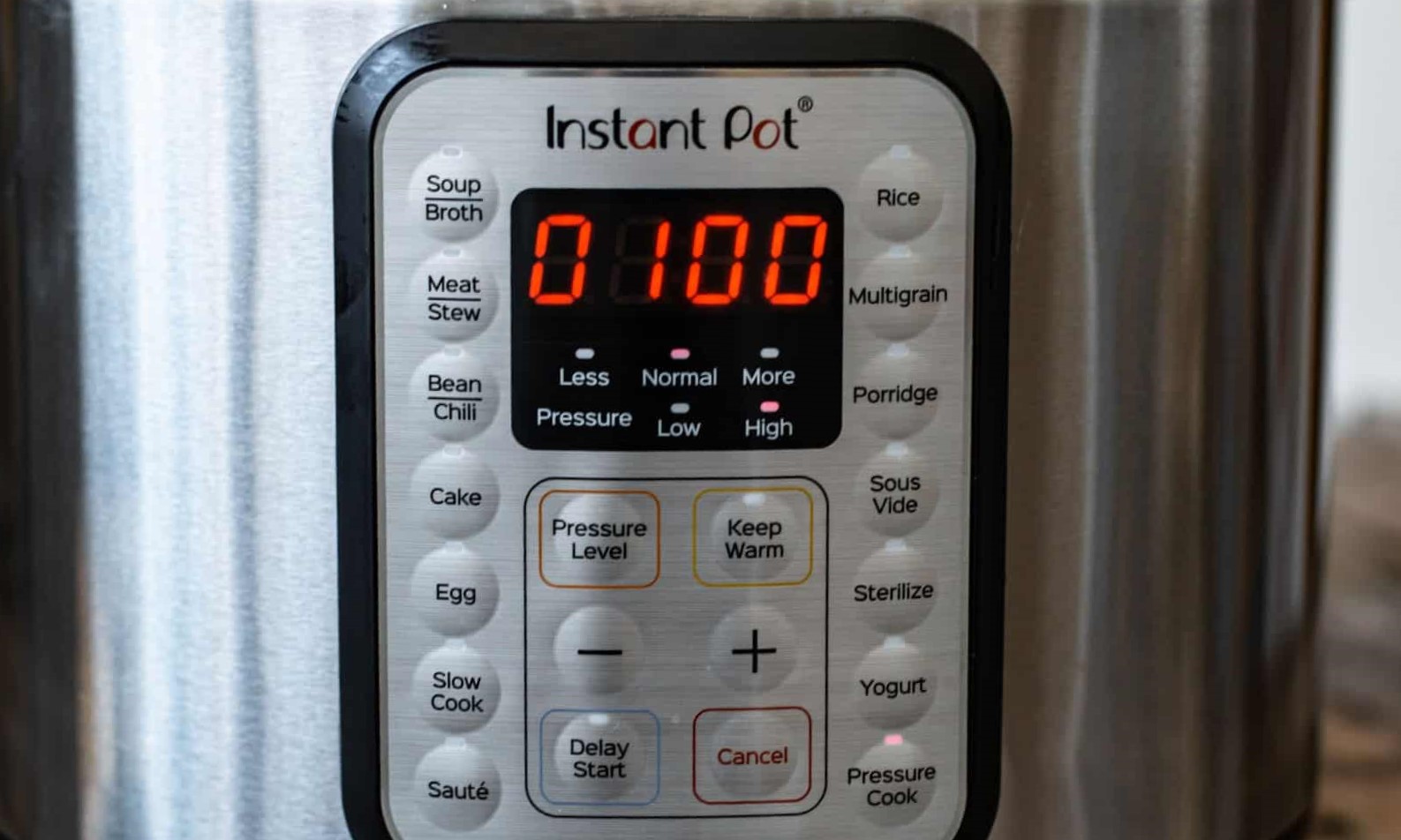
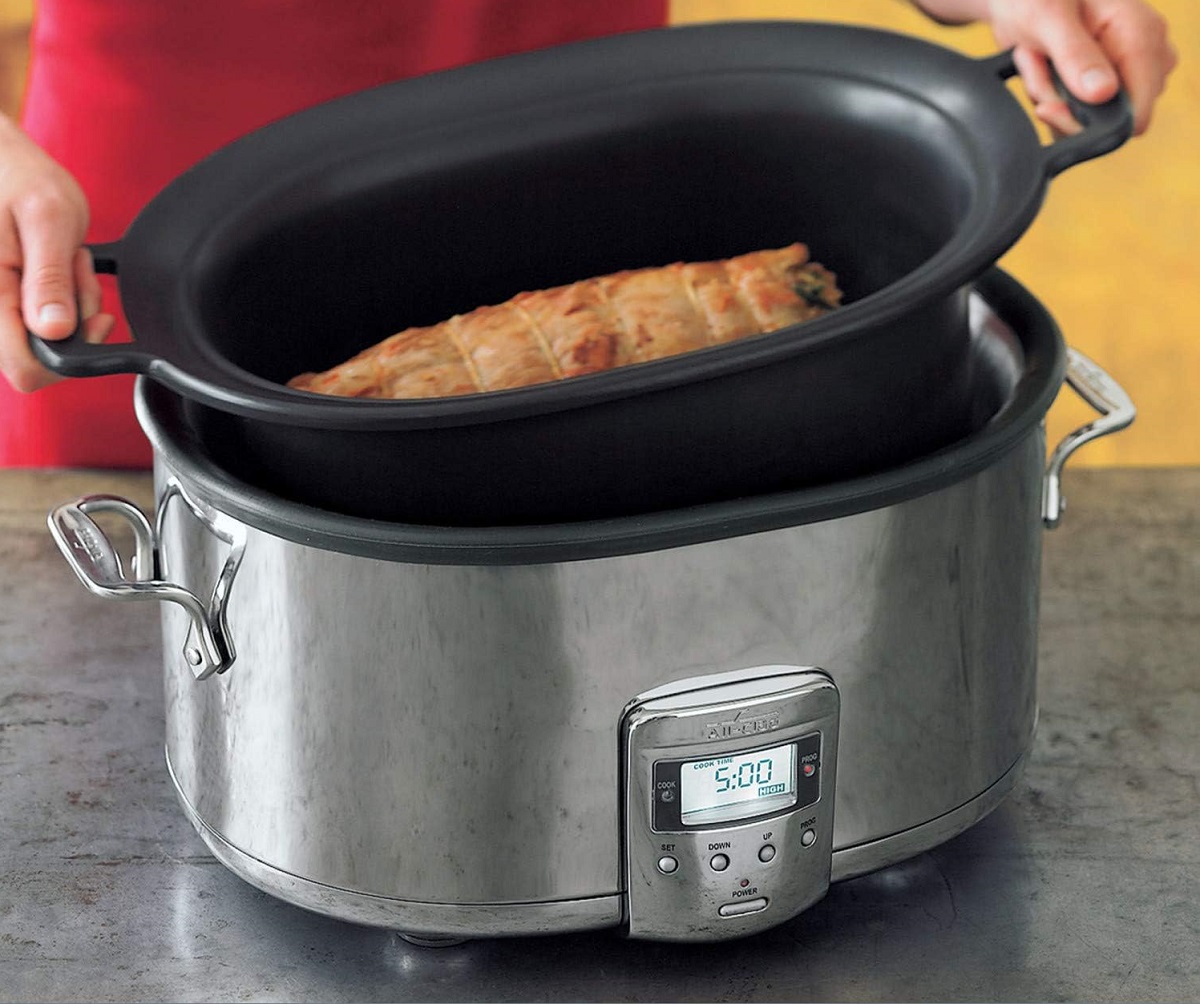
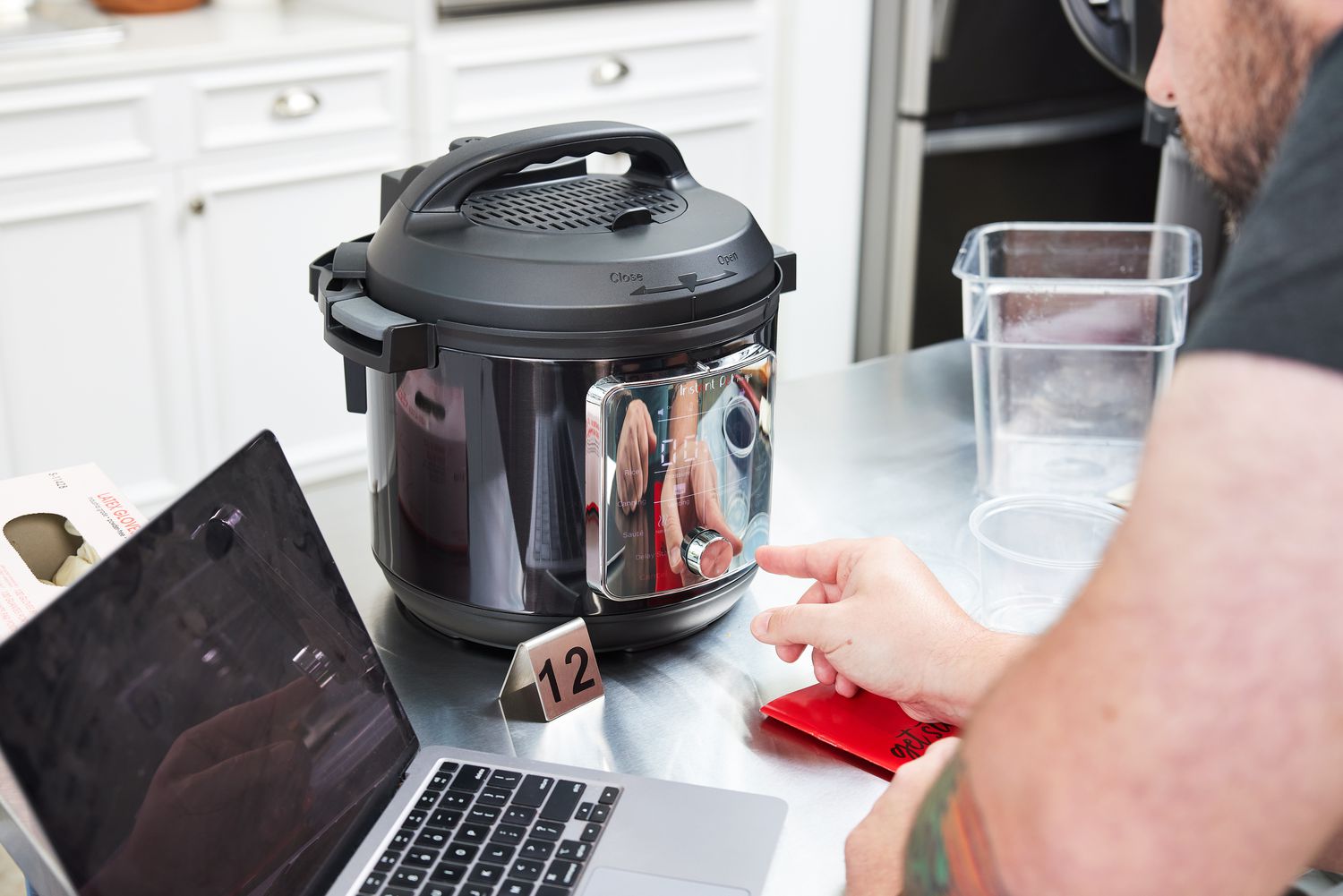
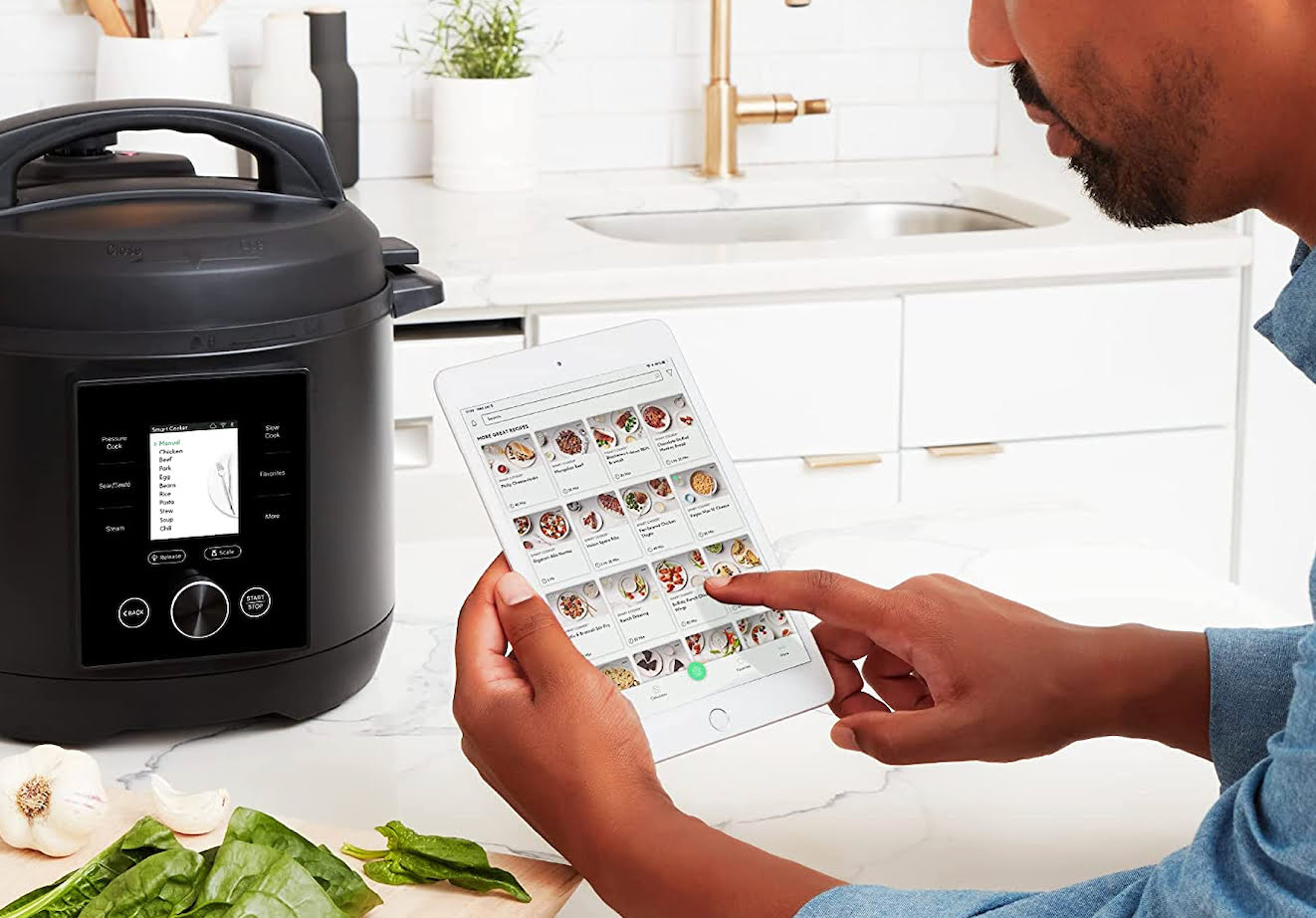
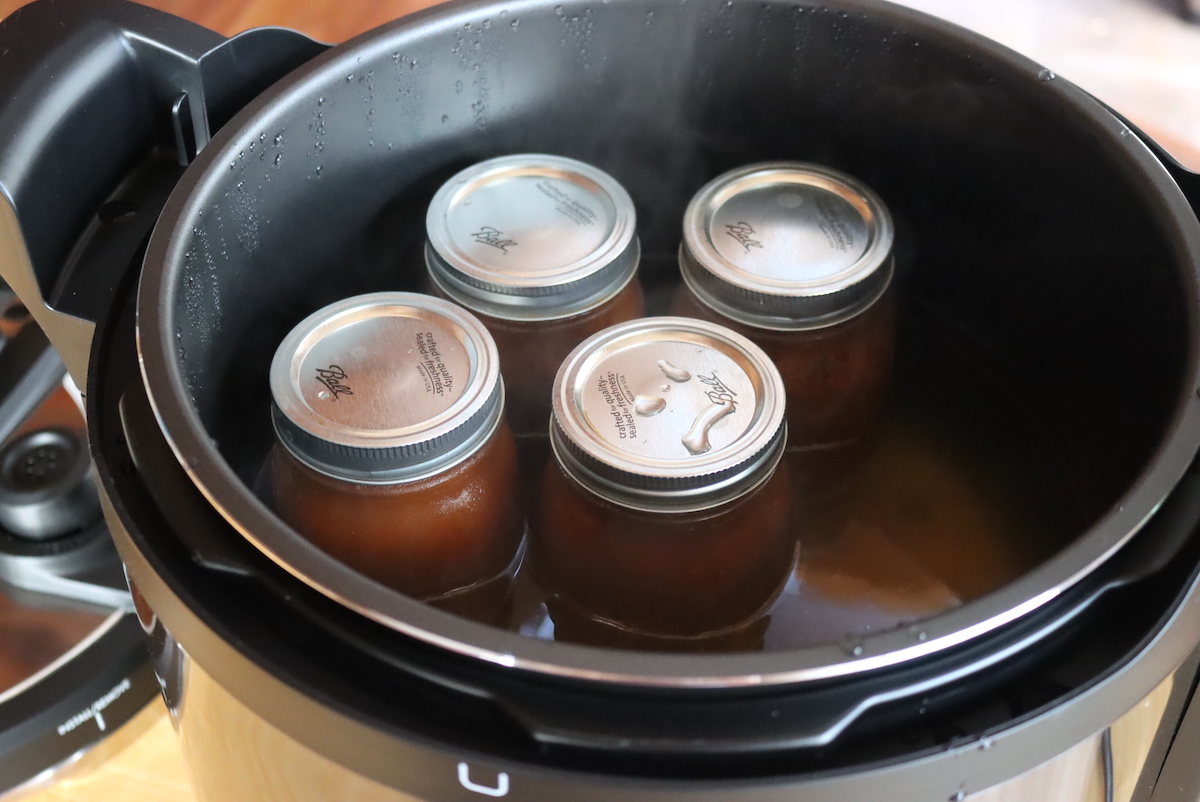
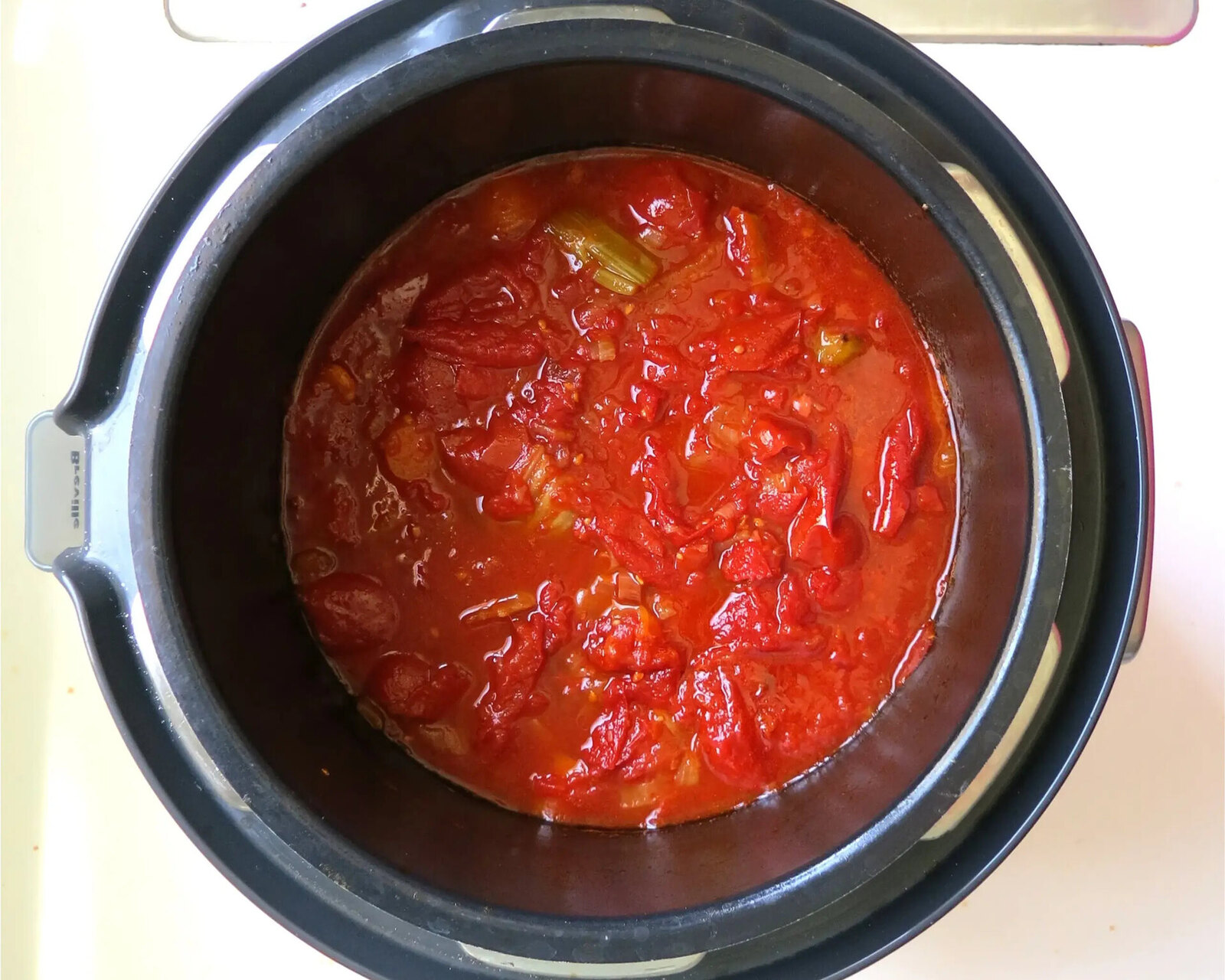
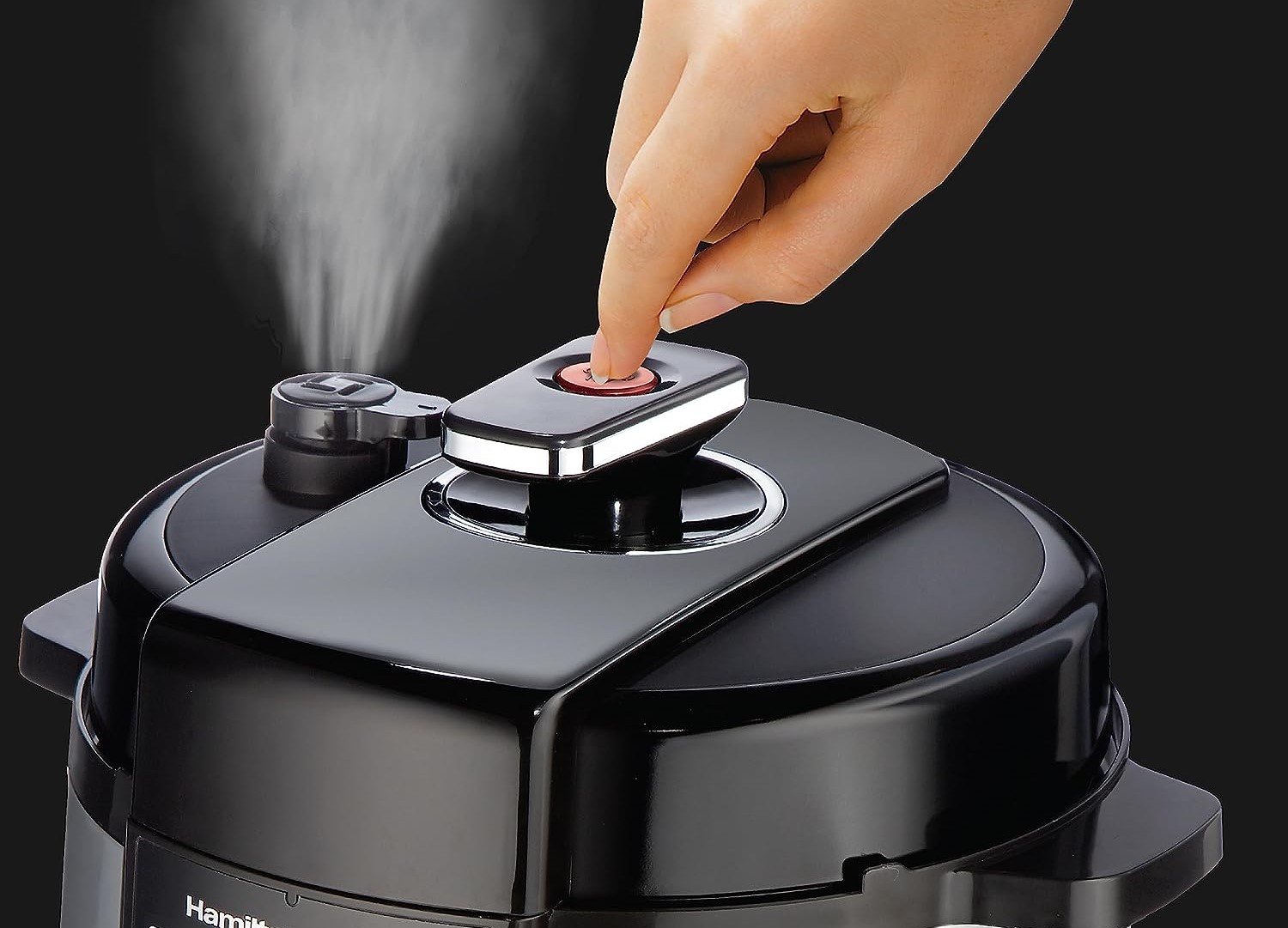
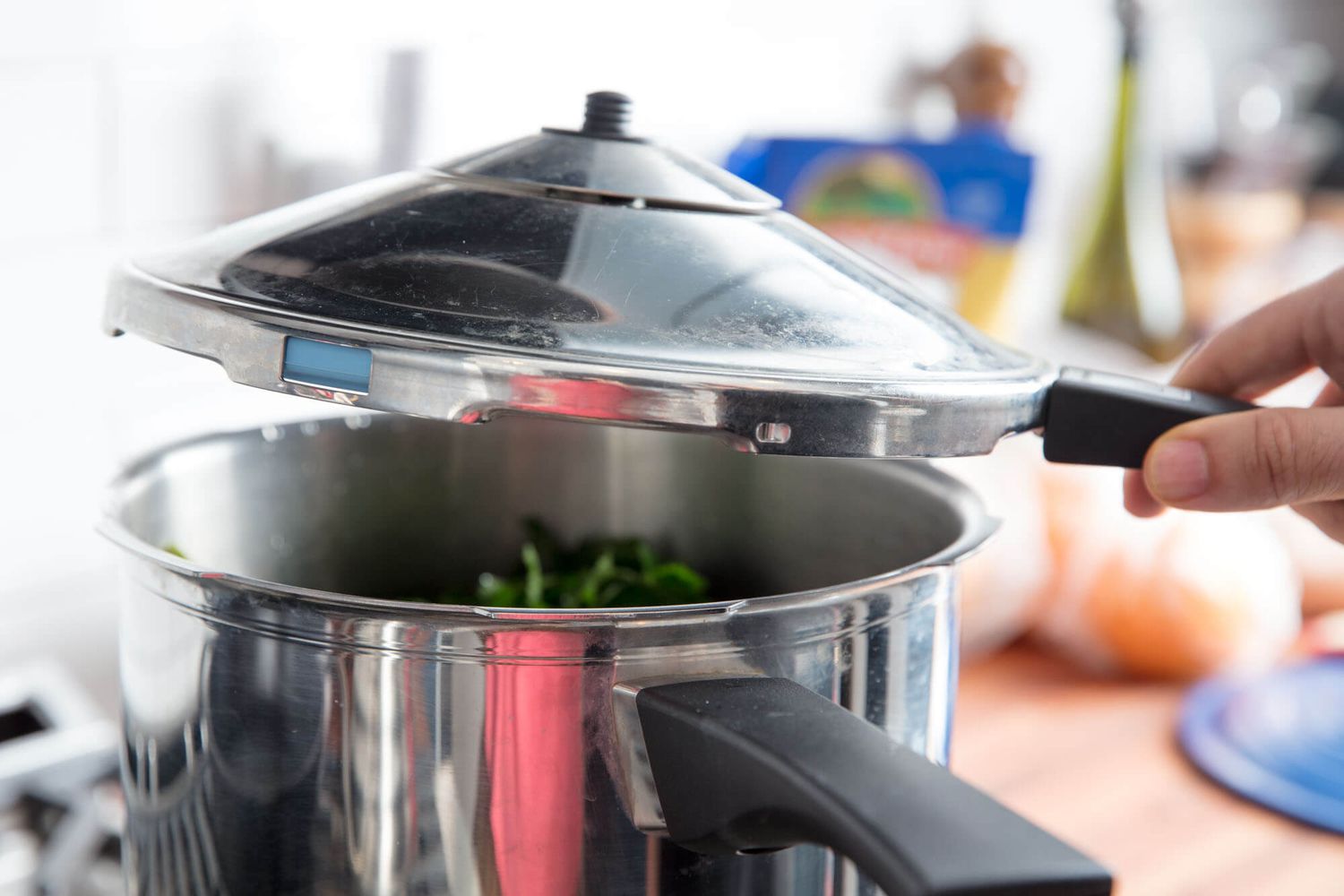
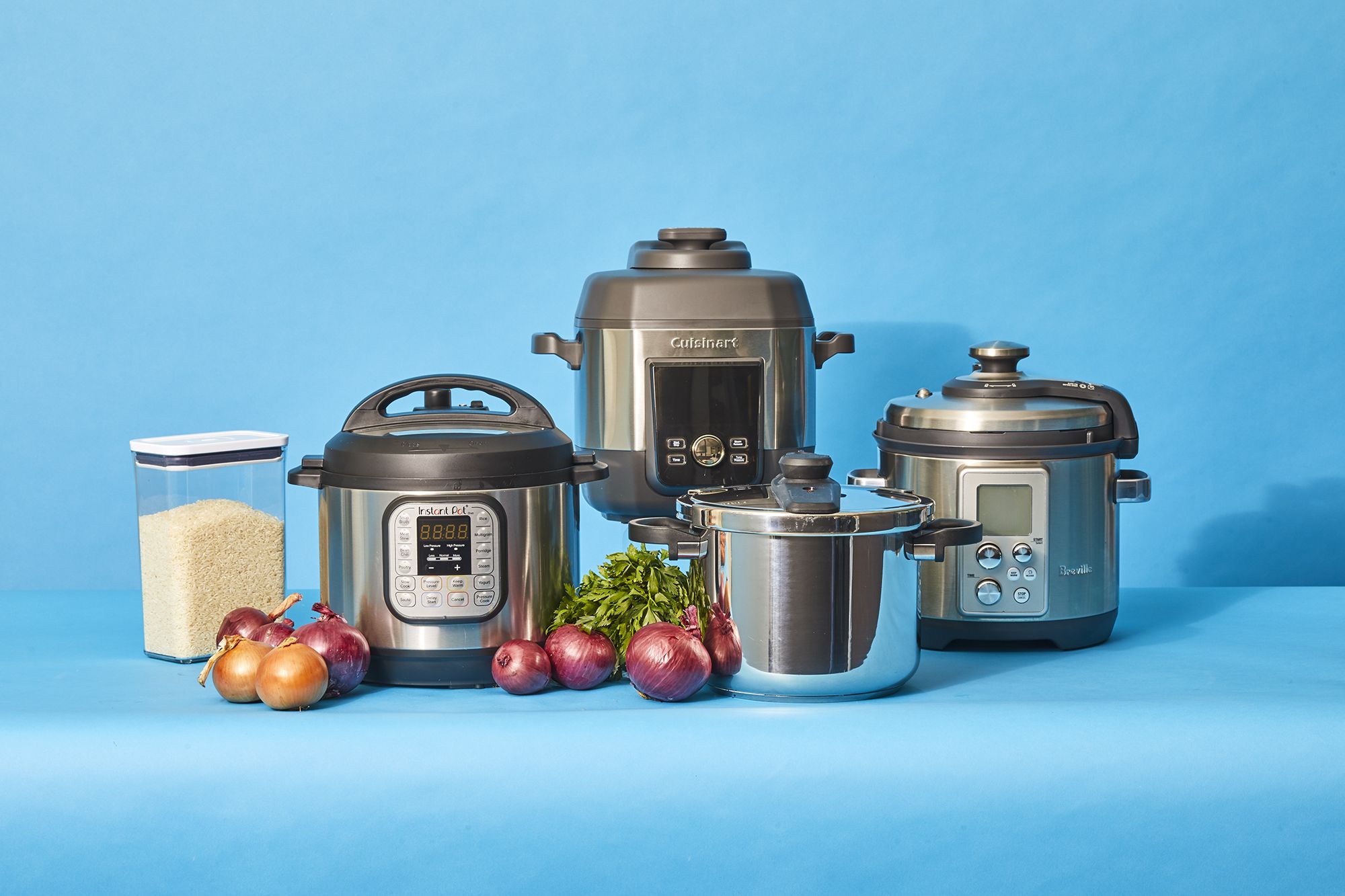
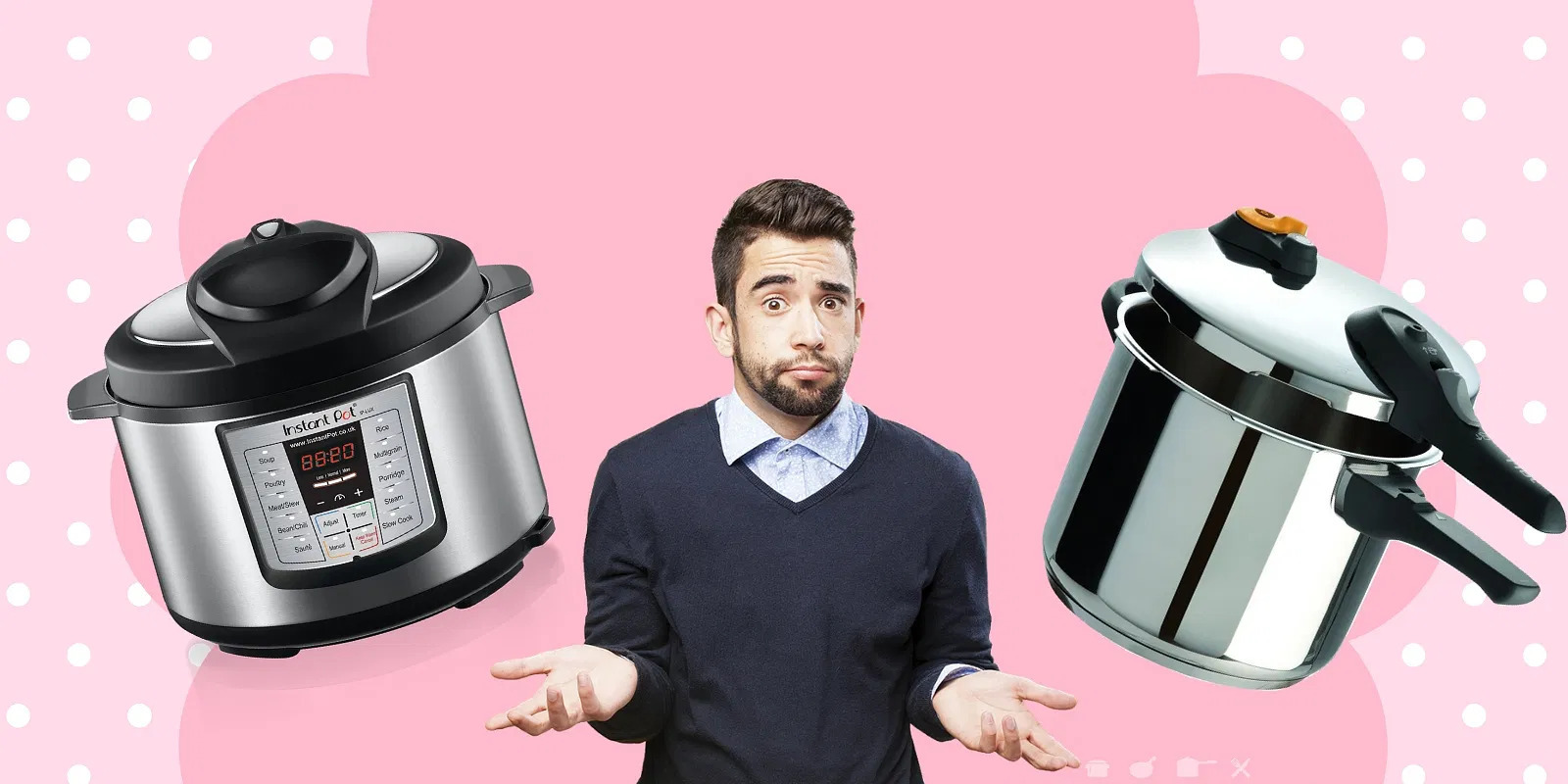

0 thoughts on “How Much Water To Put In Electric Pressure Cooker”